Interfaith ceremony at the monument in Manzanar cemetery. Monument built in 1943 by incarceree stonemason Ryozo Kado to honor the dead. An inscription in Japanese on the front of the monument reads 慰靈塔 “Soul Consoling Tower.”
Written by Jessie Zelisko
Last month on April 29, 2017, over 2,000 people traveled to Manzanar, California in the United States to participate in the 48th Annual Manzanar Pilgrimage. Twenty members of the Zen Center of Los Angeles attended the bearing witness ceremony; Nem Bajra, a Nepalese American and Zen Peacemaker Order member, was one of them.
Following the Japanese attack on Pearl Harbor on December 7th, 1941, the United States Army, acting under the authority of President Franklin D. Roosevelt and Congress, rounded up those of Japanese ancestry living on the West Coast and forced them into concentration camps. Regardless of citizenship status, where they were born, or how long they had resided in the United States, Japanese Americans were still labeled “enemy aliens” by the United States government. The state thus perpetuated the notion that those of Japanese ancestry were harmful presences in the United States as the result of their assumed loyalty to the Japanese government. This representation was inextricably linked to the social construction of race and pervasive bias referred to as “yellow peril,” in which Asian Americans were conceptualized as threats to dominant, hegemonic narratives in the United States around nationhood, racial purity, and family. The only qualifier for detainment in the camps was having 1/16th or more of Japanese “blood” in one’s body. As the result of this period of internment, over 110,000 Japanese American families lost their homes, livelihoods, and sense of community and belonging.
Manzanar, which ironically means apple orchard in Spanish, was the most notorious of ten concentration camps where Japanese Americans were incarcerated for 4 years during World War II. In 1992, its location was officially declared a national historic site after many years of grassroots organizing by Japanese American activists and survivors.
Still today, silence in the Japanese American community around the trauma of the internment is pervasive. This silence was the impetus for Nem Bajra to participate in the pilgrimage. Nem has many Japanese American friends from his time in college in Kyoto, Japan. He says, “I was very close with these friends, however they never told me anything about Manzanar. Many of their parents and relatives were interned, but they never told me anything about it. In order to understand their experience more fully, I wanted to go to Manzanar.” Nem expressed that he felt fear before the pilgrimage, however his experience in the 2015 Bearing Witness Retreat in the Black Hills and integration of the Zen Peacemakers’ Three Tenets were sources of strength that allowed him to proceed, despite the fear. Further, the container of intimacy and trust that Nem and his fellow ZCLA members created the night before in council circle provided Nem with faith that he could process through difficult emotions the day of the pilgrimage. Left: Nem, far left, and his fellow ZCLA members at the Manzanar memorial sign.
After arriving at Manzanar, Nem and his group walked through a photo exhibition of the concentration camp while it was in operation. He perceived fear on all sides reflected in many of the images he saw: fear in the Japanese American families with identification tags waiting for the train that would take them to Manzanar, fear in the soldier in the guard tower with a machine gun overlooking the camp, fear in the white woman pointing to a sign that reads, “This is a white man’s neighborhood. Japs keep moving.”
In tandem with this fear, Nem also observed striking resiliency and love. A photo of a Japanese garden created by those interned revealed their resistance and commitment to their Japanese heritage and culture, despite the government and many of their fellow citizens condemning and incarcerating them for having Japanese ancestry. Another photo showed a dance party of young men and women, with a band to provide the music. Nem describes another photo he saw, “There was a family sitting in their room in the barracks, a mother, father, daughter, and son. I perceived a very strong sense of family bonding and family love. Further, during the documentary film, a mother was reassuring her young boy, telling him, ‘It’s going to be okay. It will all be over soon.’ I witnessed this family love in parents taking care of their children, doing everything possible to make sure their children were comfortable. Later, I heard from Roshi Egyoku that one of the major sources of strength for Japanese American parents was the Japanese word ‘kodomo no tame, (子供のため)’ which translates to ‘for the sake of children’. Parents continued to survive and persevere for the sake of their children; they were prepared to sacrifice everything for their children. This value was very clear in the images I saw.
After the photo exhibition, the group continued to the cemetery, where Japanese Americans that died in Manzanar concentration camp were buried. Here, there were various program offerings, musicians, and speakers. The keynote speaker was Warrren Furutani, a longtime activist, previous member of the House of Representatives, and co-founder of the Manzanar Committee and Manzanar Annual Pilgrimage. Nem was deeply impacted by his speech, “Warren Furutani’s words plunged deep into me, straight inside. He called on all of us to live the theme of the pilgrimage ‘Never Again to Anybody, Anywhere!’ and to do so fully…He encouraged all of us to stand up when injustice occurs, to challenge the oppressive belief systems and actions of the new administration…It’s not just about Japanese American communities, but all immigrant and Othered communities. This cannot happen again. And this means standing up for the rights of members of the Muslim community, for members of the Latino community, and other members of vulnerable communities that are being targeted by the new administration.”
This theme felt empowering to Nem; hearing this speech with over 2,000 other people coming from many different backgrounds, heritages, and ethnicities facilitated a “strong sense of community. There was injustice and hatred committed here, but I felt that now amongst everybody who came for the pilgrimage, there was a strong sense of community and solidarity. This sense of solidarity extended beyond the Japanese American community, beyond the Zen Center of Los Angeles community, and into a broader sense of being-in-relationship.”
Bearing Witness to Manzanar: Bearing Witness to Himself
On the way home from Manzanar, Nem recalled memories steeped in fear from his past. “The silence I witnessed surrounding Manzanar and the Japanese American internment allowed me to see the silence in myself, and the memories I had tried to repress. For many people, their time in the camp was traumatic, and the shame and fear from that trauma prevented them from talking about it. There was therefore this black hole in family history, which allowed me to recognize that I also had silences and black holes.” Nem grew up in Kathmandu, Nepal, surrounded by a large family of brothers, sisters, and cousins. He witnessed entrenched poverty in his neighborhood; many people did not have livelihoods, enough food to eat, access to medical care, or clean water to drink. Nem describes his family as being fortunate in comparison to others, as his father was a Bajracharya, a Vajrayana Buddhist Priest from the Newar communities of Nepal, who also held a government position. However, there were still difficulties. “As a young boy, anytime someone in the family was sick, which was often because we had a very large family, I would always be the one to fetch the medicine. Someone would get sick, then the doctor would come and prescribe a medicine, and then I would run to buy the medicine as fast as I could. Sometimes we didn’t have enough money to buy the medicine. Even though I don’t need to worry about money now, I still experience anxiety every now and then. Before the pilgrimage, I wasn’t sure where it came from. Now, I realize that the source of this anxiety comes from my childhood days, when I was worried about getting a good job and enough money, food, and medicine in order to support my family.”
Nem with his family the day before he left for Kyoto University in Japan. Nem is wearing a flower garland made by his sister to facilitate his safe journey. His father is on the left, his mother is holding his nephew, and his sisters, cousin, younger brother, and uncle are also present.
While his father was devoted to Buddhism and the Vihara, Nem was more interested in engineering and science. He attributes this interest to the poverty he experienced and witnessed in his community. He thought that “going into engineering and science would not only secure me a good job, but I could help other people by promoting national economic development.” Many years later after immigrating to the United States, Nem’s path brought him back to Buddhism. After hearing a poem called, “The Song of Zazen” by Hakuin Zenji, Nem traveled to Kyoto for a week to learn how to practice zazen. The very week Nem was learning zazen for the first time, his father passed away in Nepal. Nem expresses, “I sense that my father felt, ‘Nem is okay now. Nem is practicing Buddhism. I can leave.’”
Nem discusses how, “Bearing witness and experiencing the Three Tenets at Manzanar helped me, and gave me the courage, to touch deeper parts of myself. Whatever I saw at Manzanar: family love, family bonding, silence, community, and fear, was about me. It reflected me. I had tried to avoid and forget the sad times of my childhood, but Manzanar helped me realize that they are a part of me as well. And it’s mixed; it’s actually good too. It’s wonderful that I remember my sisters, brothers, parents, cousins, and neighbors. It’s not all pleasant times, but whether it’s pleasant or tough times, that’s me! I had thought, ‘If I have a good job, if I have this and this’ then my anxiety would go away. But now I notice that it will not go away and I cannot suppress these memories. And so, I’m beginning to touch them.”

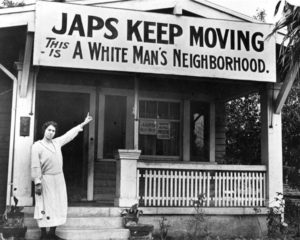

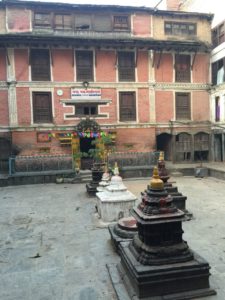
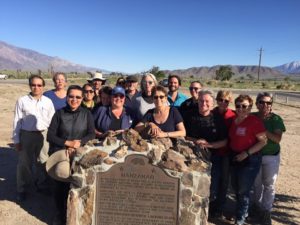
Nem Bajra is both a member of the Zen Peacemaker Order and the Zen Center of Los Angeles. Shortly after moving to the United States from Nepal, he started an IT company called Calsoft Systems. More recently, Nem founded Mitra Path, a mindfulness entrepreneurship non-profit dedicated to incubating small businesses in communities with limited resources. He attended Zen Peacemakers’ Bearing Witness Retreat in the Black Hills in 2015 and plans to attend Auschwitz-Birkenau Bearing Witness Retreat in November 2017.

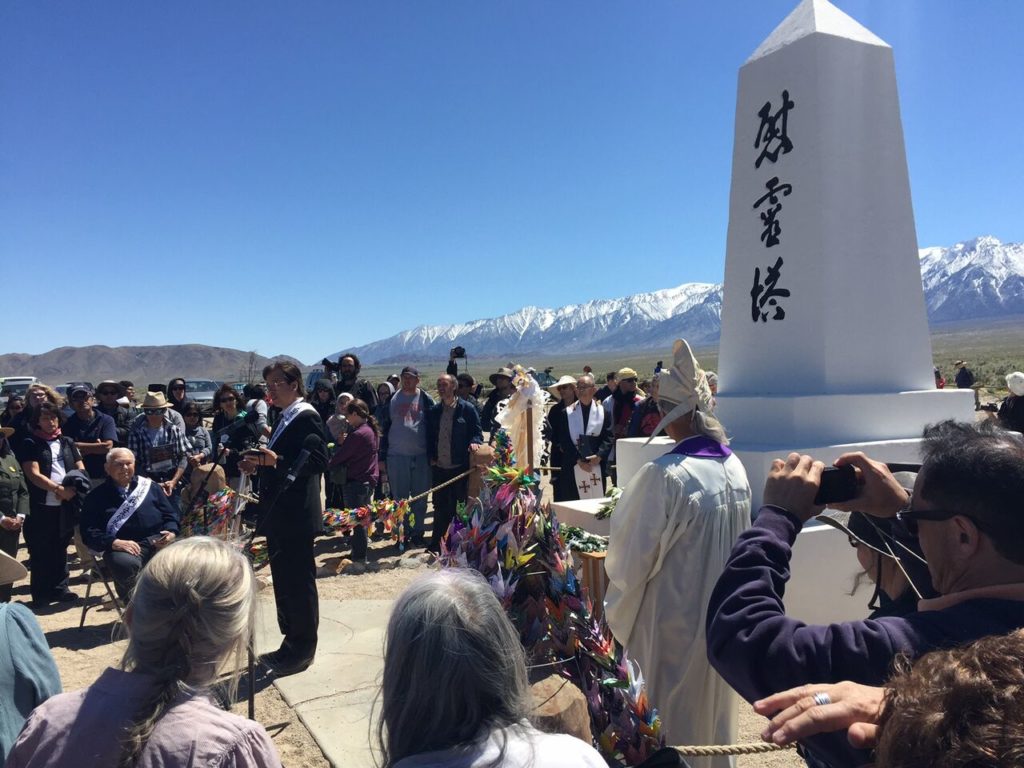
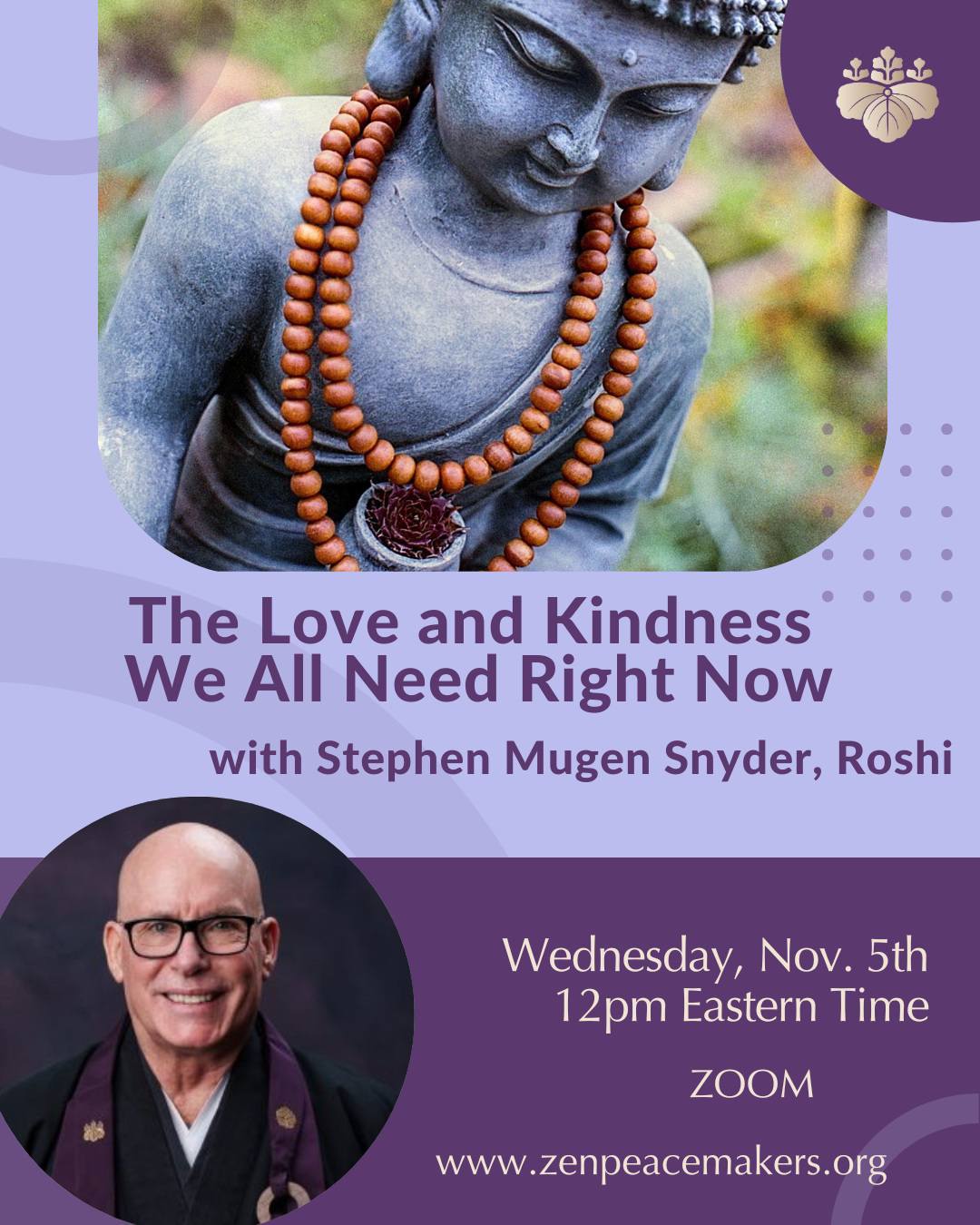
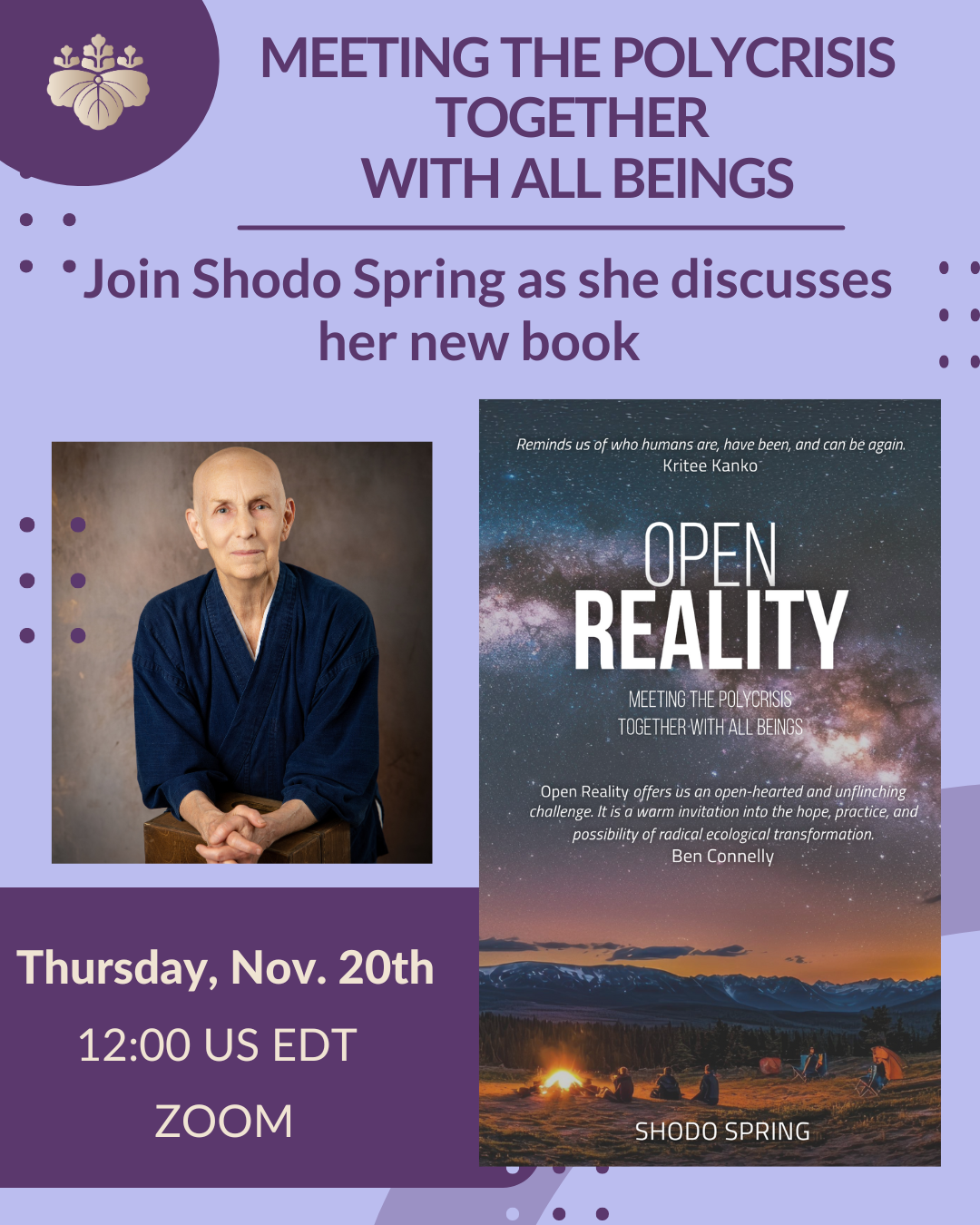
One Response
My heart is touched warmly and filled with light by reading this story of you, Nem Bajra. Thank you for sharing your inside and outside experiences. It helps me in my decision to do some equal experience (perhaps in Auschwitz or another place) to lighten my past and my future, to come in present and feel then more free than before. All my joy and all suffering of my past , my present and also what is coming in future should come in contact with my soul and my heart and my mind. This is my wish and my hope. Thank you so much . Dieter from Germany